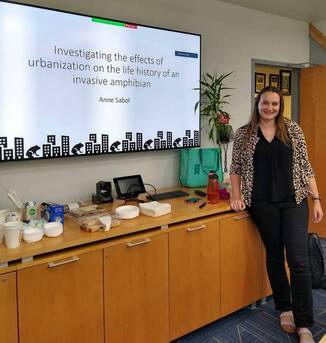The challenge lies in the vast number of species – over 33,000 – combined with ongoing changes in how they are classified and limited standardization of data collection. This has led to missing information and potential biases in ecological and conservation studies. To address this issue, researchers led by Dr. Mario Moura developed TetrapodTraits 1.0.0, a comprehensive database that integrates information on various aspects of tetrapod biology, including: body size, activity patterns, habitat preferences, ecosystem type, threat status, geographic distribution, sensitivity to island environments, environmental preferences, and human impact.
The analysis showed that missing data can significantly skew our understanding of large-scale ecological patterns. TetrapodTraits 1.0.0, with its more complete picture, offers a more accurate foundation for future research in ecology, evolution, and conservation. While acknowledging the need for ongoing data collection and updates, the authors emphasize the transformative potential of this new resource. TetrapodTraits 1.0.0 allows scientists to paint a more comprehensive picture of tetrapod diversity, ultimately leading to better-informed conservation strategies and a deeper understanding of the intricate web of life on Earth.







 RSS Feed
RSS Feed